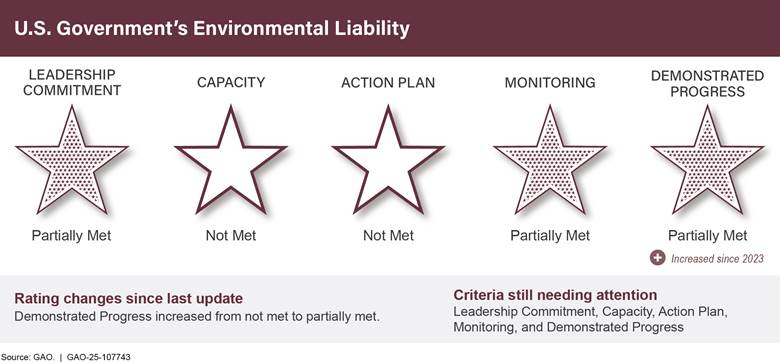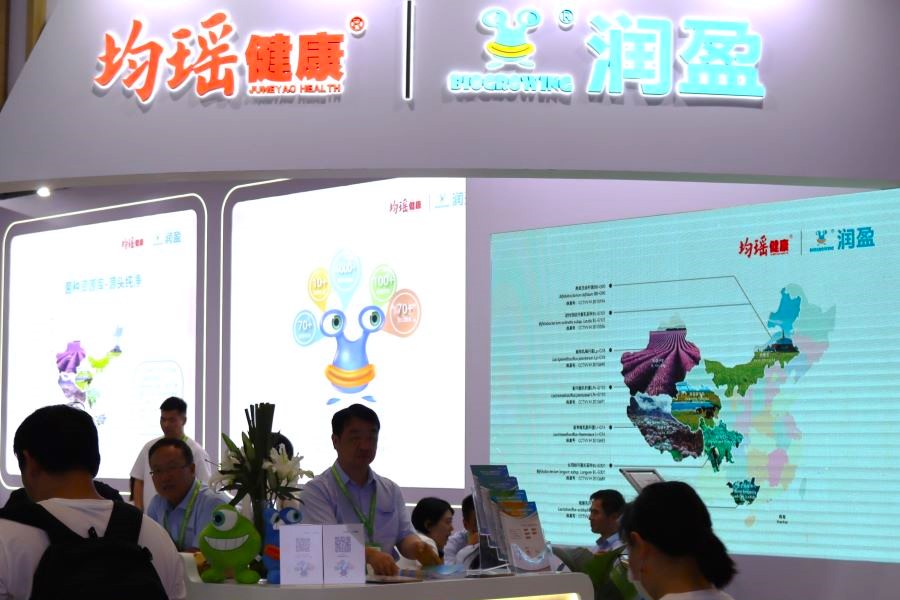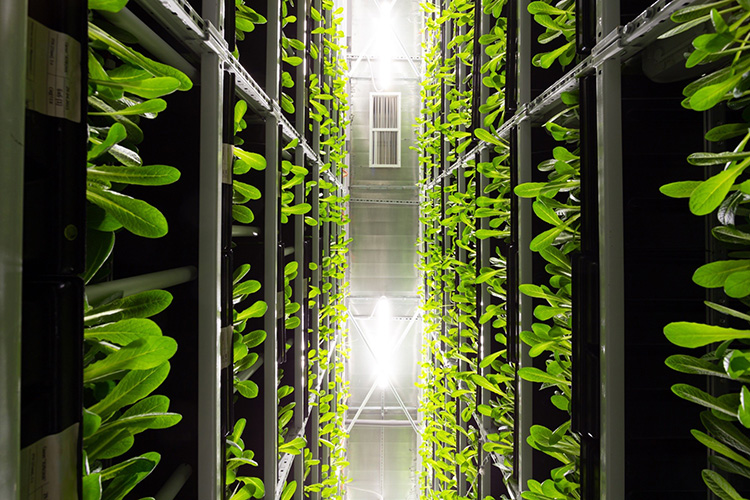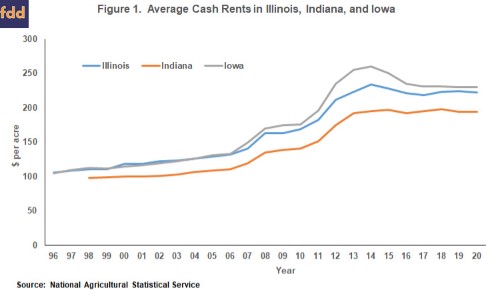
Parliament Approves Review of CAP Strategic Plans Regulation

On Wednesday, the European Parliament approved a review of the CAP Strategic Plans Regulation and the CAP Horizontal Regulation with 425 votes in favour, 130 against, and 33 abstentions. The draft law, which was endorsed by the Parliament’s Committee on Agriculture on 15 April 2024, includes technical modifications proposed by the Council.
Next Steps
The regulation now needs to be approved by the Council. The Belgian Presidency of the Council has informed Parliament that if MEPs endorse the proposal in the form agreed by the Council’s Special Committee on Agriculture, the Council will adopt the same text.
Following approval by the Council, the law will be published in the EU Official Journal and will immediately enter into force. Farmers will already be allowed to apply revised environmental “conditionalities” for their claims for EU financial support in 2024.
Background
The CAP review introduces changes to the rules for three environmental conditionalities that farmers must adhere to in order to receive funding. It also provides more flexibility for EU countries to grant exemptions from CAP standards in cases where there are difficulties in applying them or due to issues caused by extreme weather. Additionally, small farms under 10 hectares would be exempt from controls and penalties for non-compliance with certain CAP rules.
To expedite the adoption of these measures, the Parliament has agreed to handle the file under its urgent procedure.
On Tuesday, Parliament decided not to object to the Commission’s proposal complementing the CAP simplification package. This proposal gives member states more flexibility in applying the CAP requirement to maintain the ratio of permanent grassland to agricultural area above 5% compared to 2018 (GAEC 1).
SDGs, Targets, and Indicators in the Article
1. Which SDGs are addressed or connected to the issues highlighted in the article?
- SDG 2: Zero Hunger
- SDG 13: Climate Action
- SDG 15: Life on Land
The article discusses the review of the CAP Strategic Plans Regulation and the CAP Horizontal Regulation, which are related to agricultural policies and environmental conditionalities for farmers. These policies and conditionalities are connected to SDG 2 (Zero Hunger) as they aim to ensure food security and promote sustainable agriculture. Additionally, the article mentions exemptions from CAP standards due to extreme weather, which is relevant to SDG 13 (Climate Action) as it addresses the impact of climate change on agriculture. Lastly, the article mentions the exemption of small farms from certain rules, which relates to SDG 15 (Life on Land) as it focuses on sustainable land use and biodiversity conservation.
2. What specific targets under those SDGs can be identified based on the article’s content?
- SDG 2.4: By 2030, ensure sustainable food production systems and implement resilient agricultural practices that increase productivity and production, that help maintain ecosystems, that strengthen capacity for adaptation to climate change, extreme weather, drought, flooding and other disasters, and that progressively improve land and soil quality.
- SDG 13.2: Integrate climate change measures into national policies, strategies and planning.
- SDG 15.1: By 2020, ensure the conservation, restoration and sustainable use of terrestrial and inland freshwater ecosystems and their services, in particular forests, wetlands, mountains and drylands, in line with obligations under international agreements.
Based on the article’s content, the targets identified are aligned with the respective SDGs. The CAP review aims to implement resilient agricultural practices that increase productivity while maintaining ecosystems, which aligns with SDG 2.4. The exemptions from CAP standards due to extreme weather address the need to integrate climate change measures into national policies and planning, corresponding to SDG 13.2. Lastly, the exemption of small farms from certain rules relates to the sustainable use of land and the conservation of terrestrial ecosystems, which aligns with SDG 15.1.
3. Are there any indicators mentioned or implied in the article that can be used to measure progress towards the identified targets?
- Indicator for SDG 2.4: Adoption of resilient agricultural practices, improvement in land and soil quality.
- Indicator for SDG 13.2: Integration of climate change measures into national policies and planning.
- Indicator for SDG 15.1: Conservation, restoration, and sustainable use of terrestrial ecosystems.
The article does not explicitly mention specific indicators for measuring progress towards the identified targets. However, based on the targets themselves, potential indicators can be derived. For SDG 2.4, indicators could include the adoption of resilient agricultural practices and improvements in land and soil quality. For SDG 13.2, indicators could include the integration of climate change measures into national policies and planning. For SDG 15.1, indicators could include the conservation, restoration, and sustainable use of terrestrial ecosystems.
4. Table: SDGs, Targets, and Indicators
| SDGs | Targets | Indicators |
|---|---|---|
| SDG 2: Zero Hunger | 2.4: By 2030, ensure sustainable food production systems and implement resilient agricultural practices that increase productivity and production, that help maintain ecosystems, that strengthen capacity for adaptation to climate change, extreme weather, drought, flooding and other disasters, and that progressively improve land and soil quality. | Adoption of resilient agricultural practices, improvement in land and soil quality. |
| SDG 13: Climate Action | 13.2: Integrate climate change measures into national policies, strategies and planning. | Integration of climate change measures into national policies and planning. |
| SDG 15: Life on Land | 15.1: By 2020, ensure the conservation, restoration and sustainable use of terrestrial and inland freshwater ecosystems and their services, in particular forests, wetlands, mountains and drylands, in line with obligations under international agreements. | Conservation, restoration, and sustainable use of terrestrial ecosystems. |
Copyright: Dive into this article, curated with care by SDG Investors Inc. Our advanced AI technology searches through vast amounts of data to spotlight how we are all moving forward with the Sustainable Development Goals. While we own the rights to this content, we invite you to share it to help spread knowledge and spark action on the SDGs.
Fuente: europarl.europa.eu

Join us, as fellow seekers of change, on a transformative journey at https://sdgtalks.ai/welcome, where you can become a member and actively contribute to shaping a brighter future.






